Pachyderm Studios in Cannon Falls, Minnesota, is best-known as the space where Nirvana recorded its final studio album, In Utero, in the early '90s. Stepping onto the secluded property, surrounded by woods and located off a country road, the appeal for artists hoping to focus on creating something unique is immediately apparent. The space is also where Soul Asylum recorded the landmark Grave Dancers Union, as well as Live's Throwing Copper, and PJ Harvey's Rid of Me. Formerly a private home, the beautiful five-bedroom, mid-century modern home has an indoor swimming pool, spiral staircases, a raised gazebo, and beautiful views out into the property.
Since the studio building next to the house was opened in 1988, the property has changed hands multiple times. After it fell into disrepair in the mid-aughts, longtime Minneapolis/Los Angeles studio engineer John Kuker bought Pachyderm in 2011 and renovated it with period-appropriate materials over the next few years. When Kuker died of a heart attack in 2015, his family retained ownership and longtime friend Nick Tveitbakk took over day-to-day operations as house engineer at the studio.
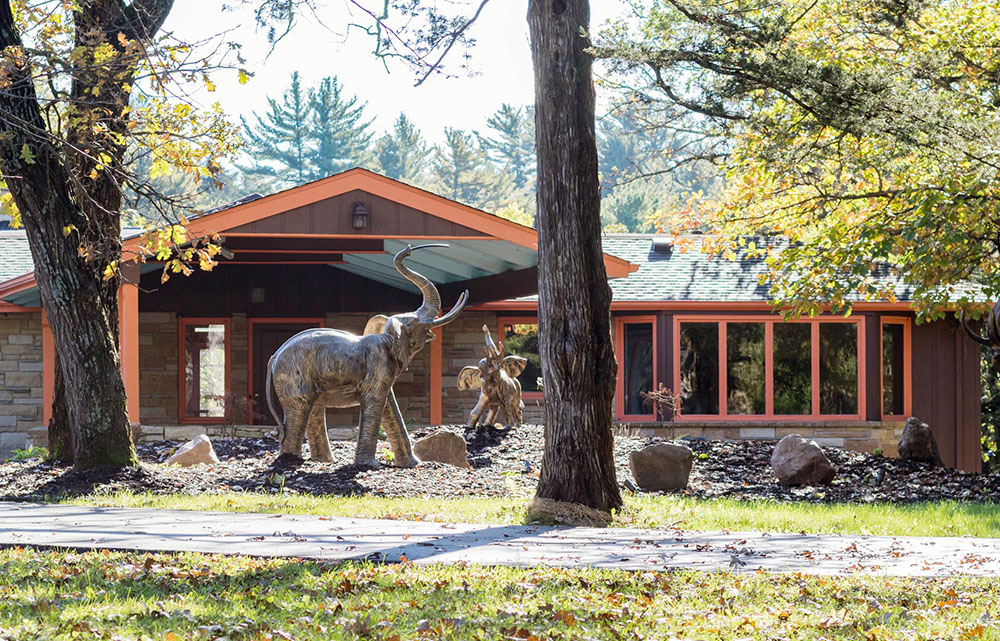
Pachyderm Studios Today
In the ensuing years, Tveitbakk has brought in many of Minnesota's top acts in the space, including folk-bluegrass act Trampled by Turtles, indie rockers Hippo Campus, singer-songwriter Haley, and Off With Their Heads. National acts have included Norma Jean, Bully, Motion City Soundtrack, and The Districts, and producers John Agnello, John Congleton, and Sonny Dupree.
Driving through the gates of Pachyderm Studios, you are immediately immersed in the charms of its seclusion. You can hear running water, birds, and rustling trees all around you. The beautiful mid-century house draws you into the property.
Right inside the Pachyderm residence's front doors is the expansive great room. This five-bedroom, 5,500-square-foot house sleeps 12 comfortably and has views of the surrounding woods and trout stream out of nearly every window.
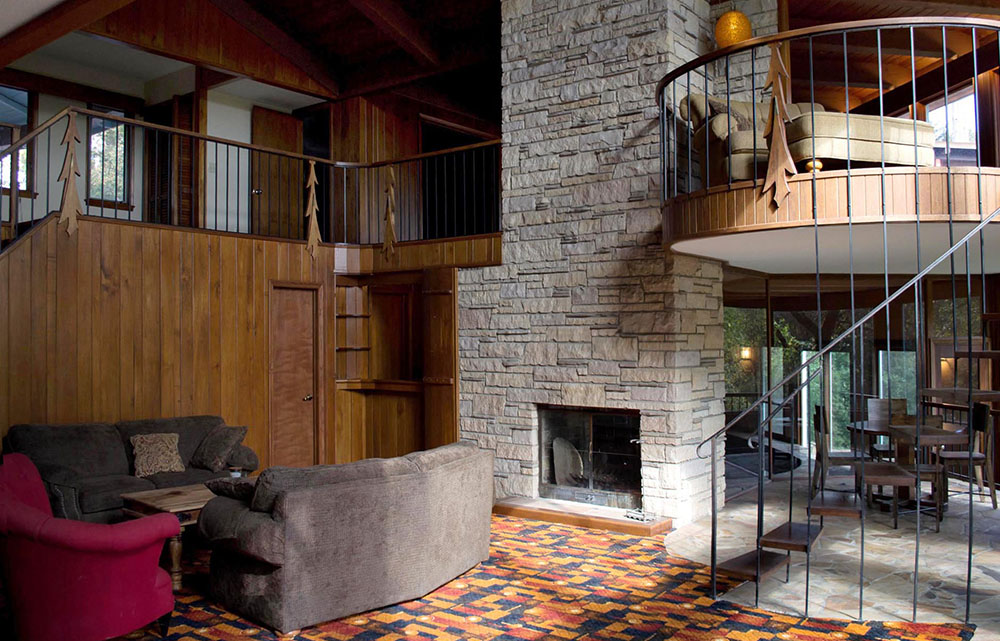
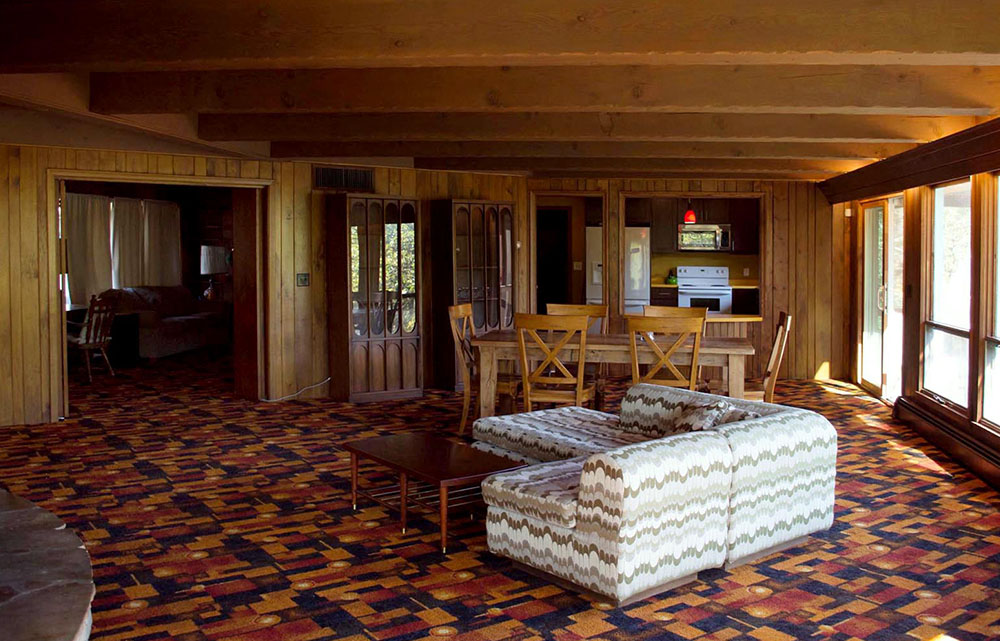
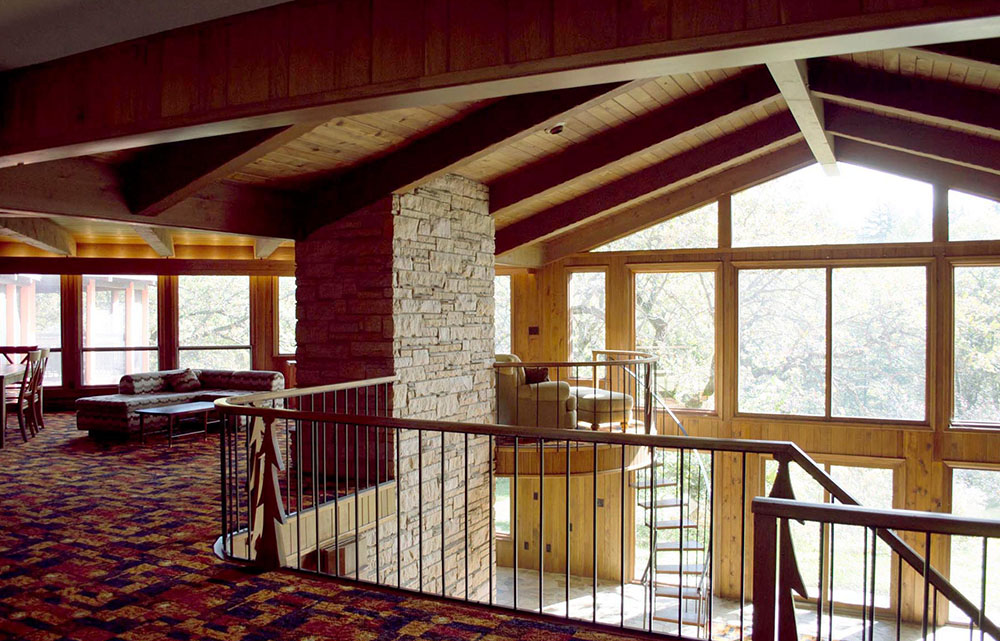
Just past the great room is a warm and inviting living room and dining area. This becomes a central location for everyone staying at Pachyderm. People share meals here and it's a great spot for late-night hangs or just taking a short break from the studio. Photos from Nirvana's historic session show the band gathered around the large fireplace.
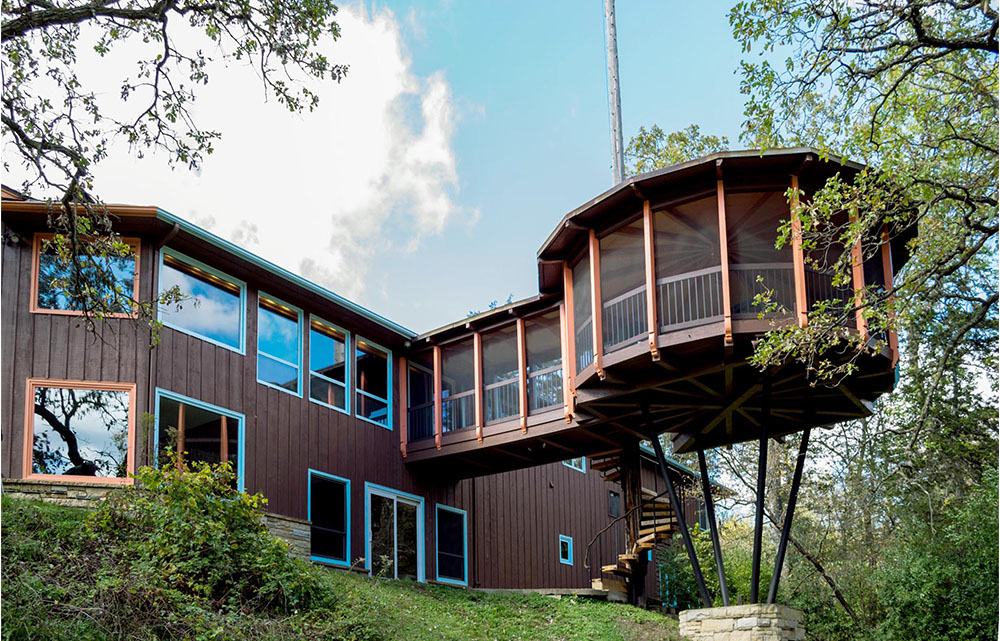
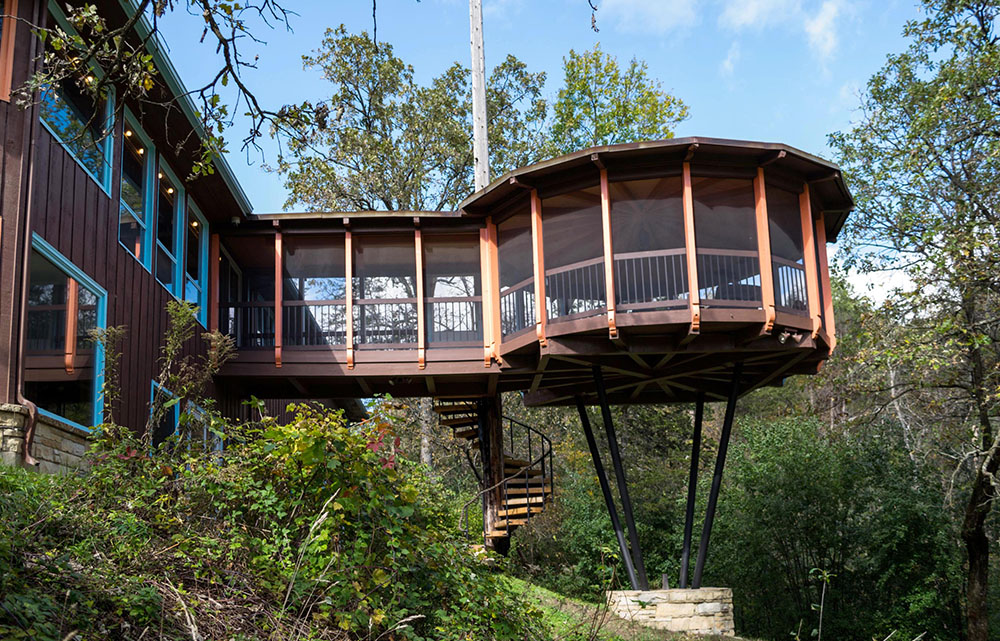
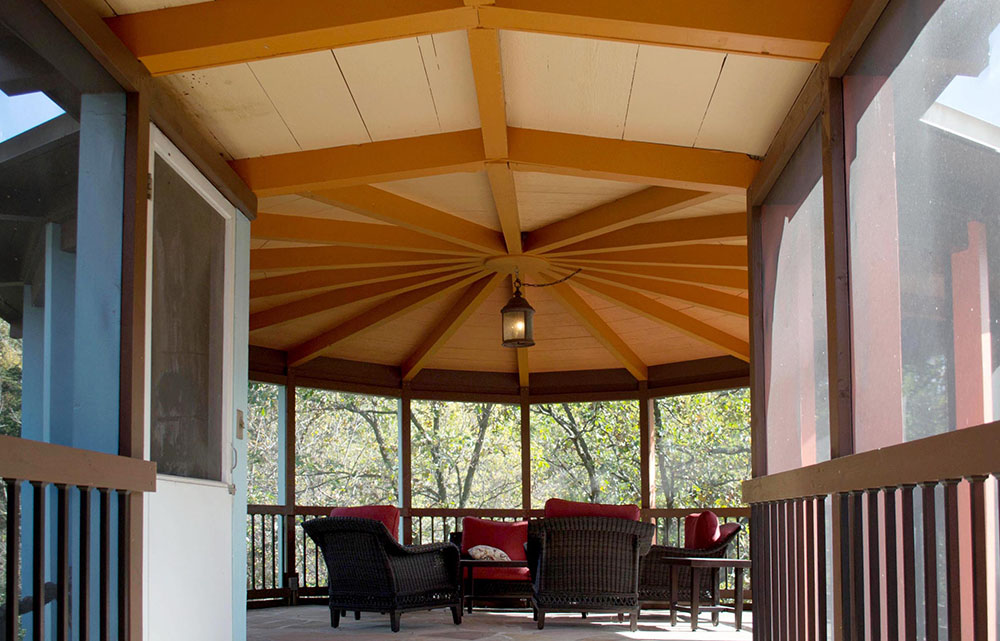
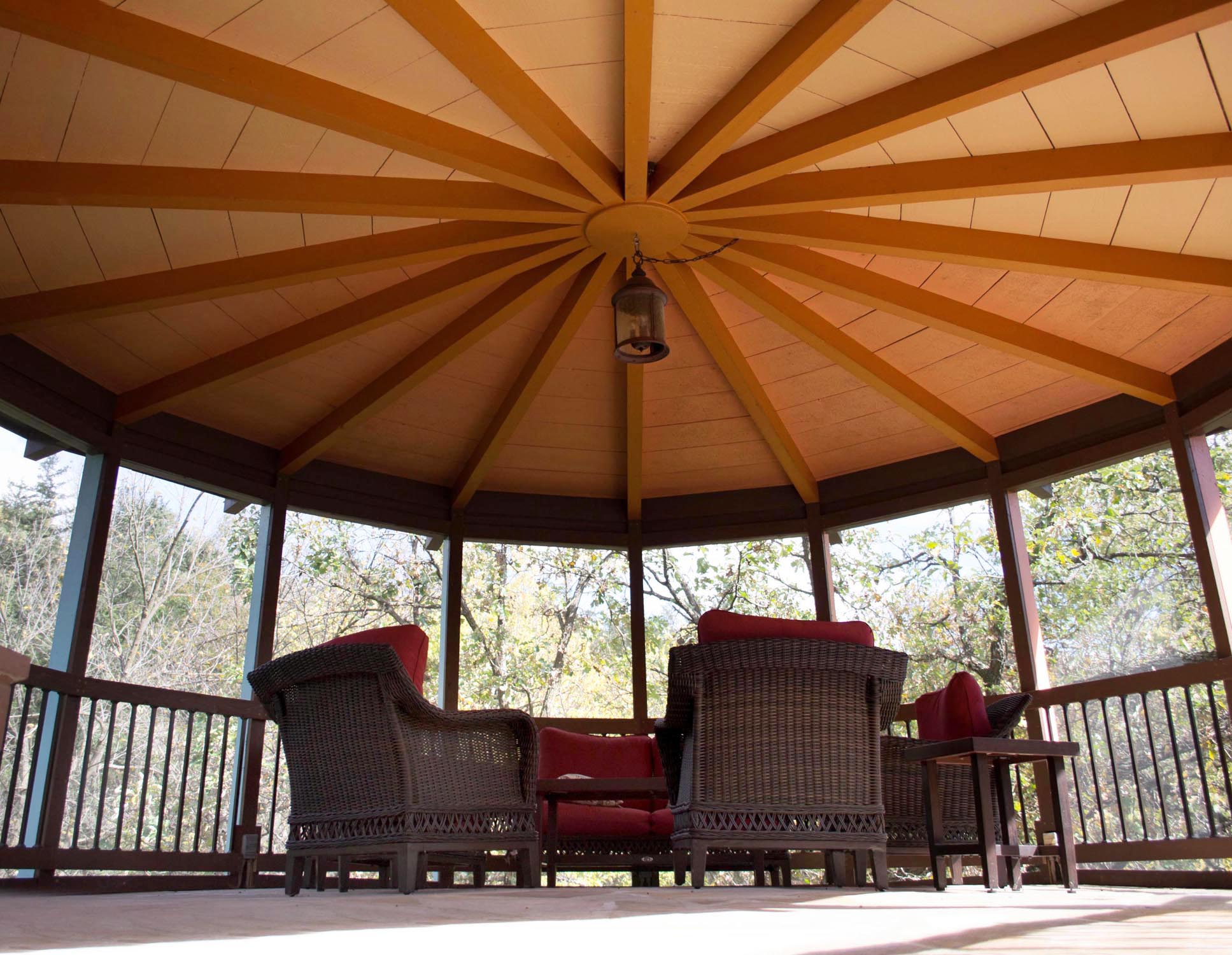
On the back of the house is a long, raised walkway leading to a screened-in gazebo with views in all directions. Just a few feet away is Pine Creek. Both are ideal for relaxation and finding inspiration, enjoying morning coffee or post-session drinks while listening to Pine Creek run below.

The house also includes a pool and sauna. With its different wings and levels, the residence provides many places to gather as a group, or spread out for solo time. The best way to celebrate the end of a record is a pool party.
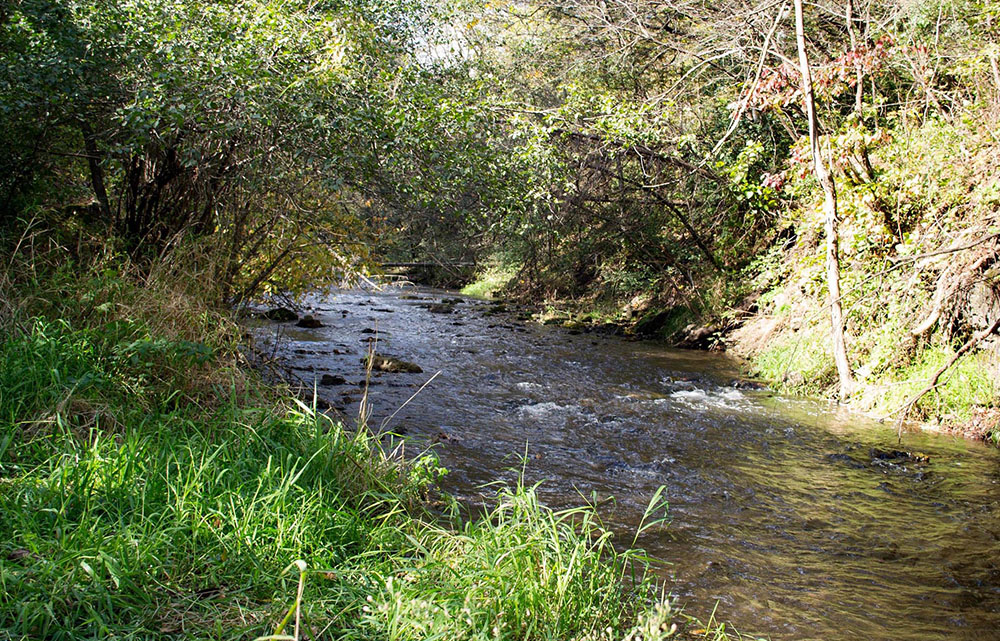
Pine Creek wraps around the property and can be heard whenever you are outside. To start the day with some fresh air, there is hikeable terrain nearby.
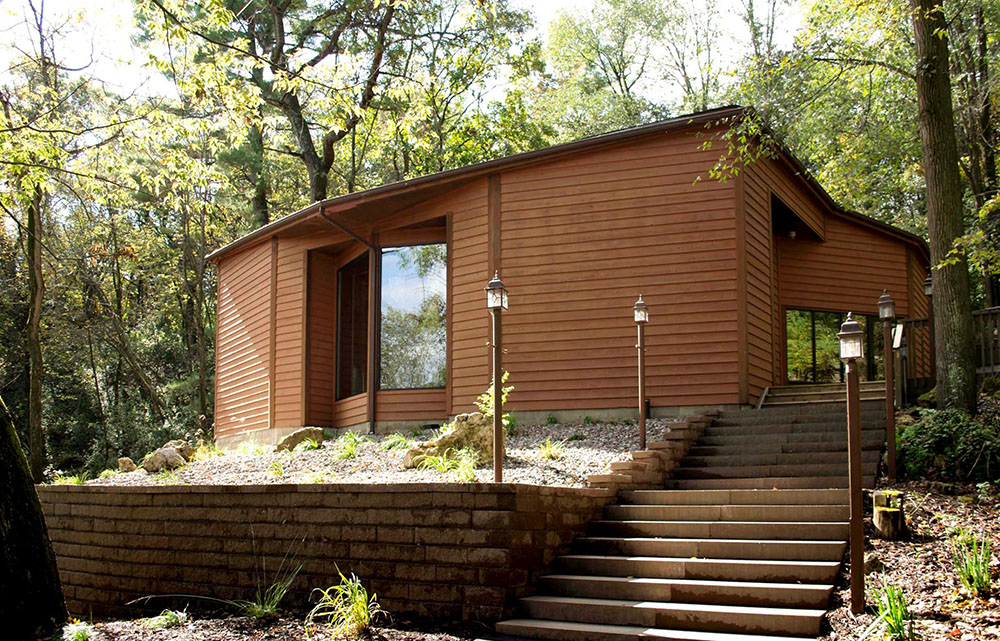
The studio building is just 50 yards from the residence. Nestled into the limestone landscape, it overlooks a beautiful wooded valley. This 3,500-square-foot building has five isolation rooms and a large, magical live room. A large, adjoining control room has two isolated rooms on either side used for storing microphones, gear, and other equipment. There's also a kitchen nook and full bathroom for fueling up or getting clean without leaving the premises.
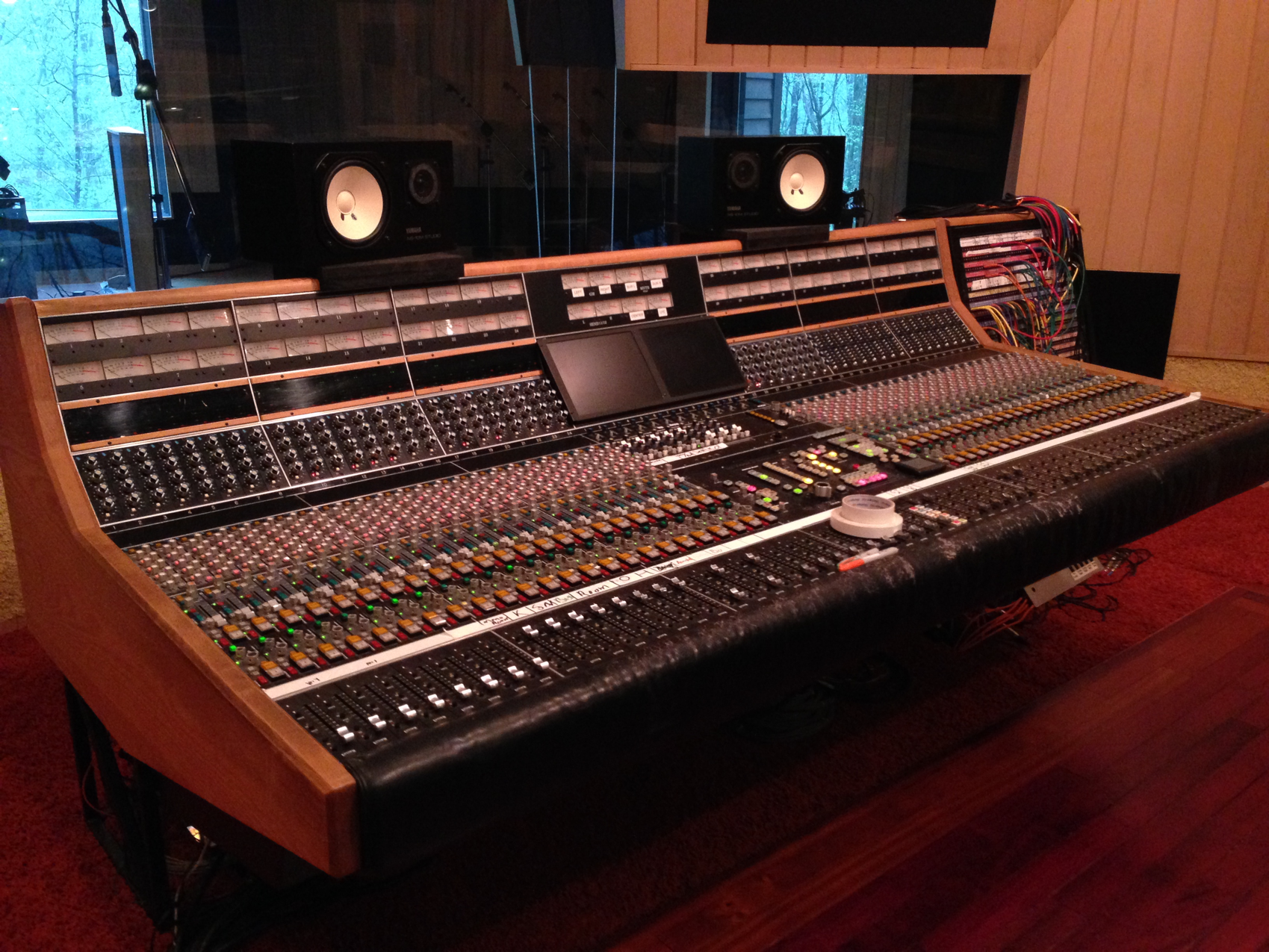
The console at Pachyderm is an inline API Discrete console with 96 inputs, designed and built by Paul Wolff in the late '80s. It has very similar features to most modern API consoles, such as the API Vision, and is one of the best API consoles ever made. Its 12 aux sends, 48 multitrack busses, and three stereo busses make it extremely versatile. It has a custom Vision master section modified by Wolff, and 5.1 mix capabilities. The sound is incredible.

The outboard gear list at Pachyderm is massive. Almost every flavor of vintage mic pre, compression, and effects is available. When tracking or mixing, your options and choices are endlessly customizable. With multiple vintage units, you do not have to settle or sacrifice anything.
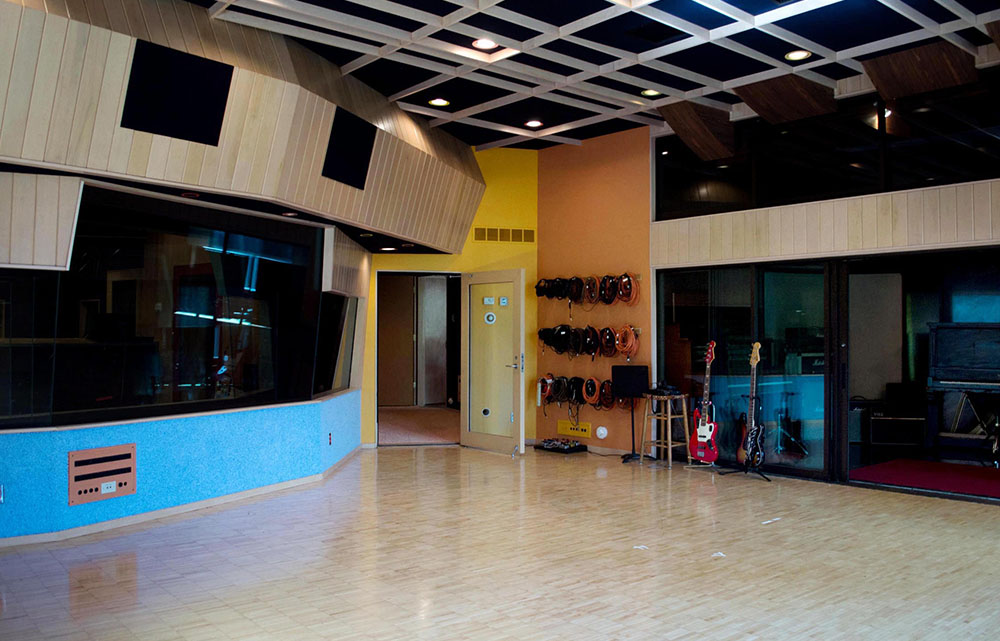
The Westlake-style main performance area at Pachyderm has a huge sound for live tracking any type of instrument. The large glass windows offer a spectacular view to the beautiful valley outside. Windows are located in several spots around the studio, providing excellent natural light and additional views of inspiration.
The work environment and equipment selection is ideal for any project—from tracking a live band to mixing an album. Drums can be placed in a half-dozen different spots to create different effects. The main live room is great if you are looking to achieve the classic Pachyderm room sound. Within that room you have at least four great spots to choose from: An alcove for a more controlled sound on your direct mics that still allows for that huge room sound. A location with a more even and emphasized low-end or high-end. You can also put the drums along a wall and have 30 feet of variation for room mics.
The largest isolation room works great for a less live sound. The smaller isolation room works even better for a dry sound. Lastly the Lounge is also wired for sound and has some great and interesting reflections and live sound. All the isolation rooms and studio glass provide perfect sight lines. No matter where the musicians are playing, they can all see each other.
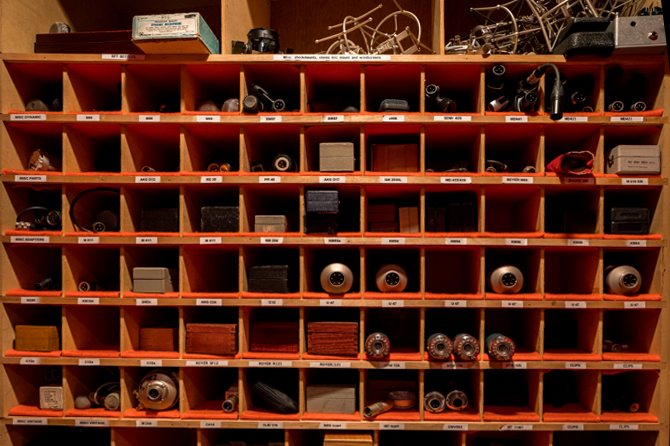
The microphone locker at Pachyderm is deep, and rivals the largest collections in the US. It has multiples of vintage microphones and can handle capturing the clarity or complexity for sessions of all genres of music. If you like Neumann U 67s for your drum overheads you will still have enough for a live vocal and/or acoustic guitar. When recording a string section you can mic the entire section with KM 54s. Neumann U 47s make great drum room microphones. You can use two stereo pairs and still have more to choose from for vocals or double bass.
John Kuker's Story, and the Sale of Pachyderm Gear
Pachyderm's massive archive of gear speaks to John Kuker's impeccable taste for vintage equipment, and drive for high-quality results. In the early '90s Kuker started Seedy Underbelly Studios in downtown Minneapolis. It was there that Semisonic recorded the iconic hit "Closing Time." In the early aughts, the studio's building was sold, and Kuker moved Seedy Underbelly to the Valley Village area of Los Angeles.
There, he took over a studio and house previously owned by drummer Jeff Porcaro, who was Toto's primary drummer, and also did extensive session work with Michael Jackson, Paul McCartney, Elton John, and dozens more. After Porcaro died in 1992, it was sold and continued to operate as a studio.
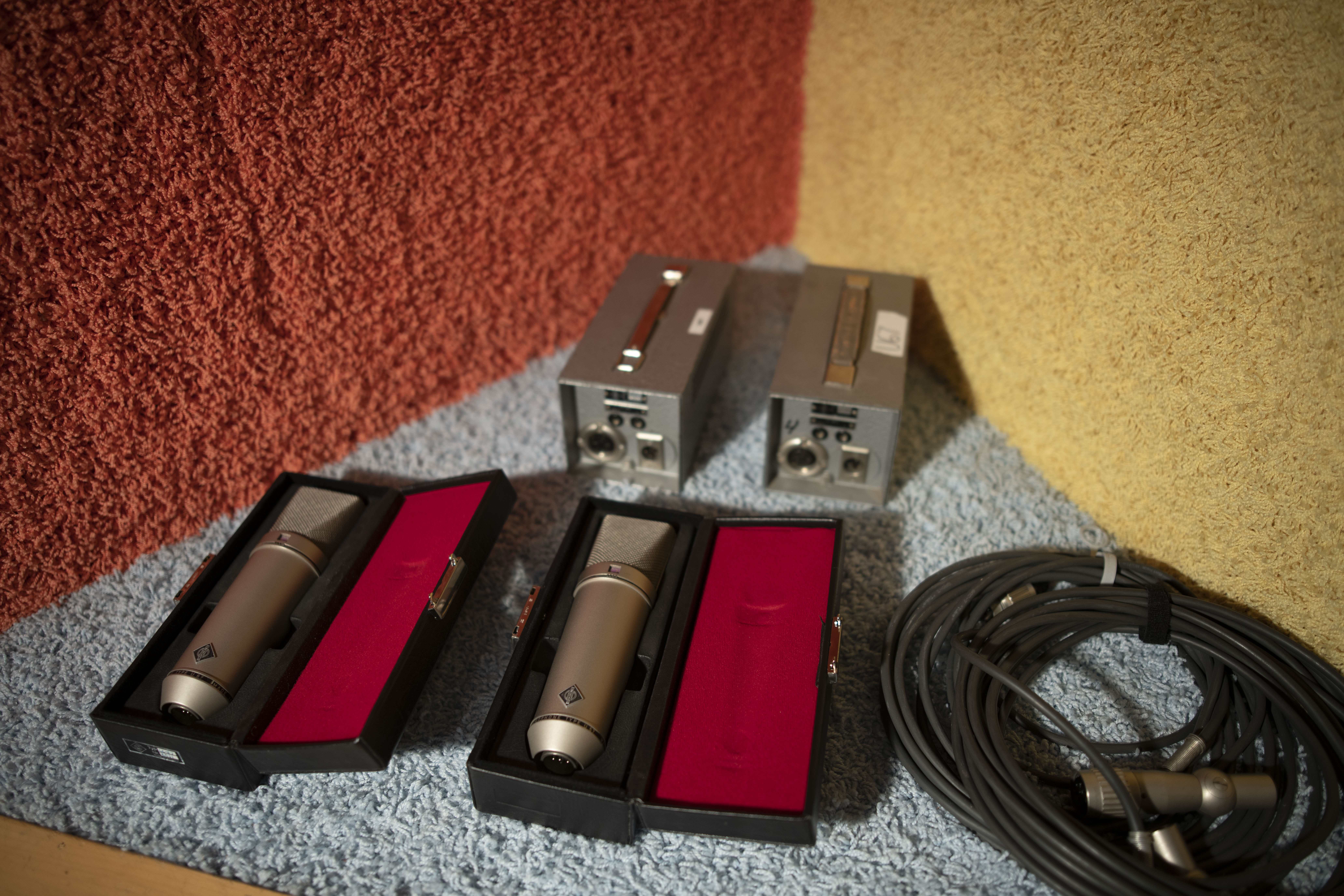
Kuker continued collecting equipment for the studio and for his own personal use, and flew all over the world to buy rare items. On a trip to Germany, he located four original, mint-condition Neumann U 67 microphones. Hidden and forgotten under the bed of an elderly woman whose husband was a choir director, the microphones had been used by a church to amplify the choir. Upon his passing, the church returned the mics to her. (Two of these mics are now up for sale on Reverb.)
By the time of Kuker's sudden passing in the winter of 2015, he had studio operations going in three states. His family decided to sell the New York and California properties, and all of the equipment from those two spaces was moved to Minnesota—creating an enormous surplus. An auction of some gear now located at Pachyderm will free up space, and allow for inspiration to spread elsewhere, while still keeping the quality high in Cannon Falls.
